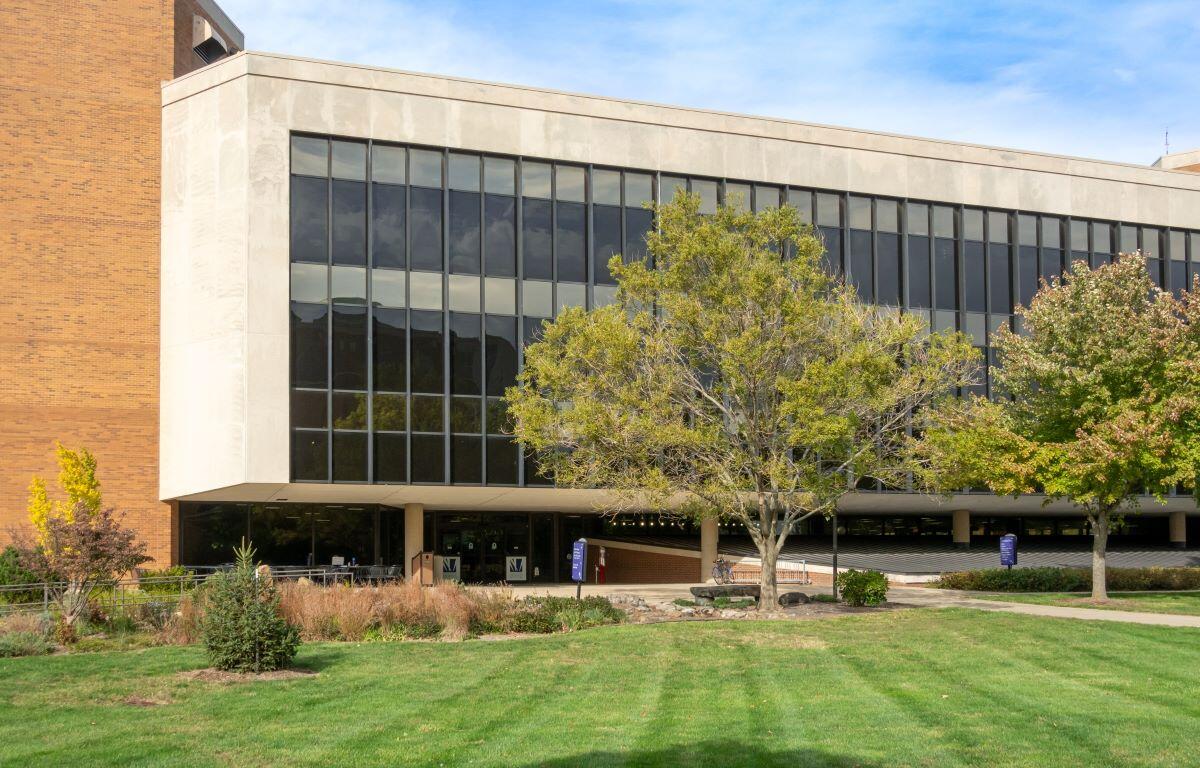Springfield, IL (CAPITOL CITY NOW) – For nearly half a century, the pipes at the Public Affairs Center building at the University of Illinois Springfield, home to the Performing Arts Center, have done their job. But time has caught up with the aging infrastructure, and now the university is preparing for an estimated $5.7 million overhaul of the center’s plumbing.
The major project, set to begin in June 2025, will force the suspension of PAC events during the 2025-2026 season at Sangamon Auditorium and the UIS Studio Theatre. Meanwhile, the Illinois Symphony Orchestra, which holds some of its performances at Sangamon Auditorium, will relocate those events to other venues. Executive Director Trevor Orthmann said in a letter to supporters that the ISO hopes to announce the venues for the season within the next two months.
UIS Director of Construction Bob Mitchell explained the scope of the project: “The building is nearly 50 years old, and the plumbing is original to its construction. Every ounce of water flowing in and out of the building relies on pipes that have exceeded their useful life.” Mitchell said the Capital Development Board will oversee the project, which has been years in the making.
Scope of Work
The project involves essentially anything that has water to it and has a drain away from it. From the dressing rooms behind the stage to bathrooms spanning the five floors of the PAC, the work will require substantial demolition and reconstruction. “We’ll be tearing up floors, jackhammering through concrete, and replacing the pipes buried in the foundation,” Mitchell said.
While most of the upgrades are focused on infrastructure, some interior elements that are damaged during the process will need to be replaced.
Timeline and Impact
Construction is scheduled to begin immediately after the May 2025 commencement ceremonies and is scheduled to wrap up around September 2026. Mitchell acknowledged the inconvenience but emphasized the long-term benefits. “This is about ensuring the PAC can continue to serve students and the community for another 50 years. It’s a necessary investment in the building’s future.”




